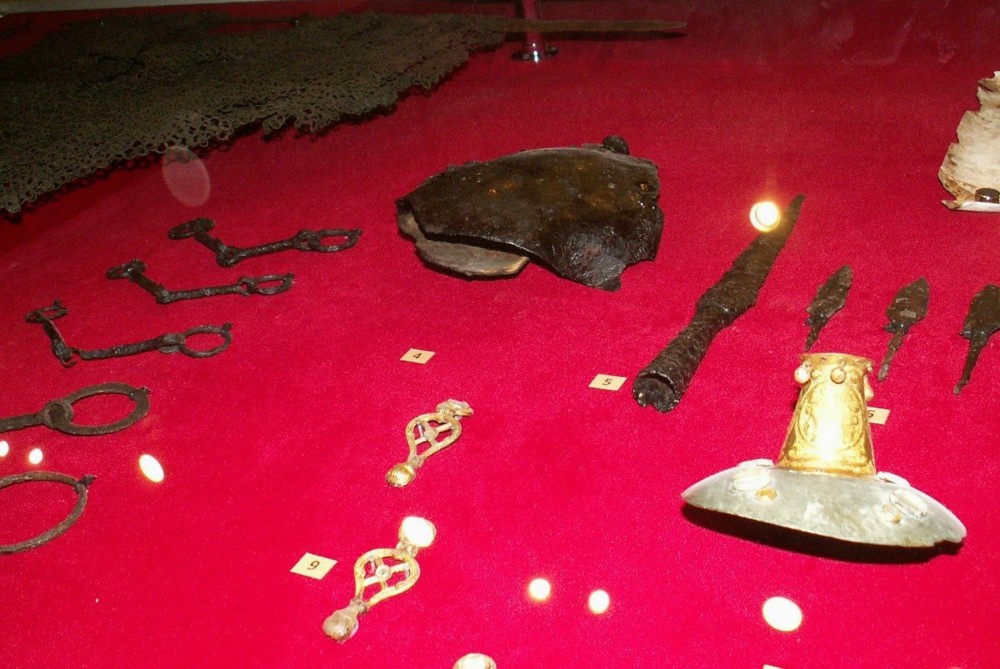
The subject of this article is the fragmentary silver plate of a sabretache, which was deposited in the storage of the Gorgippia Archaeological Museum (Krasnodar Krai, Russia) in 2015, together with several other finds. The finds had been discovered at a site named Andreevskaia Shchel, located a few kilometres south-east of the town, at the north-western hill area of the Caucasus. Among the artefacts deposited in the storage in 2015, there were other finds related to the 9-10th centuries (e.g. gilded silver sheet braid ornament decorated with palmette motifs, gilded bronze belt mounts, bronze strap end, sabre, bow case or sabretache mount, fingerring, etc.). As a first step of publishing the finds, in addition to the description and analysis of this unique fragmentary silver sabretache plate, members of the research team conduct a more detailed study of the spread of abretache plates in Eastern Europe, Scandinavia, and in the Carpathian Basin. As the solutions and decoration techniques used resemble those of ornamented sabretaches, many questions may arise regarding the sabretache plate discovered in Andreevskaia Shchel. However, the fact that this was the first time that a sabretache plate was unearthed at the hill/steppe area of the Northern Caucasus, even if it is fragmentary because of the research context, repeatedly draws our attention to this area. The Caucasus and its hill and steppe area was the scene of cultural and economic relations between the nomadic populations of the steppe and of the mountains, presenting a favorable opportunity for the eventual creation of significant power/political configurations.
Source: Gáll E., Lezsák G.M., Novichikhin A. (2018). Fragmentary Remains of a Sabretache Plate Found in Andreevskaia Shсhel (Anapa, Russia Federation). Thoughts on the Spread of Sabretache Plates in the 10th Century. Revista Arheologică. Vol.14, №1: 59-78
Source web-site: https://drive.google.com/file/d/1u_qtsrTQzvCpOJlhy5HHfJvHm-AlC2X8/view
Number of views: 2722